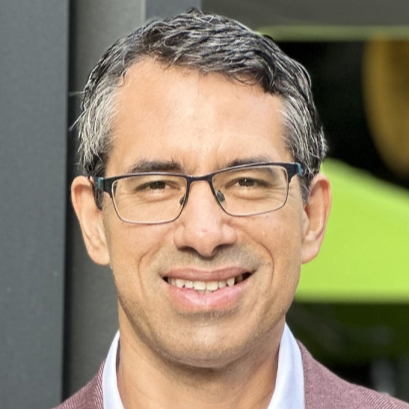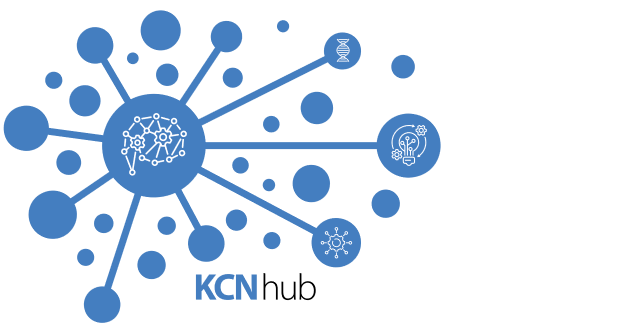Taufik A. Valiante
I have been fascinated by the brain since I was young and have been guided in all my pursuits by my singular “why” - to understand the brain. This “why”, as nebulous as it sounds, has been my guiding light, re-focused over time by a number of life experiences. Dr. Jack Dainty, whom I met during my BSc (Physics and Biology), catalyzed the epiphany that math can prove the existence of physical “things” – this was mind altering for me, and I think undergirds how I “see” science. Only a year later during my BSc, Dr. Ken Norwich introduced me to the idea you can be both a doctor (MD), and a PhD, which then guided me to the MD/PhD Program at the University of Toronto. A wonderful and exhilarating period of my life was spent in the lab of Dr. Peter Carlen, where I completed my PhD, using math and whole cell recordings to “prove” the single channel conductance and kinetics of calcium activated potassium channels (SK channels) using macroscopic noise fluctuations. A side project with a good friend and scientist Jose Luis Perez Velazquez demonstrated the functional existence of gap junctions in the mammalian brain. On my return to medicine after my PhD, my clinical mentors, Dr. Ho Ping Kong and Dr. Griffith Pearson, changed medicine for me from an academic pursuit, to one of social “giving”: an opportunity to be part of peoples lives, understand them, learn their stories, and along this path try to be helpful to them as people, not as patients. Through the building of the epilepsy program and standardization of epilepsy care in the province of Ontario, Dr. Tator taught me that great leaders create opportunity. This brings me full circle to my parents, to whom I am so grateful for providing me the opportunity to taste the rewards of hard work and pursue my Mom’s favourite adage – the sky is the limit. I might only modify that a bit now and say that the brain is the limit. Through my various scientific, clinical, and administrative endeavors I am excited to create opportunity for all the amazingly bright students out there to reach the limits of their brain, find their “why”, and derive all the positive emotions that come from giving back to society, while deriving the personal benefits of achieving their dreams.
Human brain, Intracranial electroencephalography, Slice & cellular electrophysiology, Signal processing, Mathematical modelling, Computational neuroscience, Epilepsy, Cognition, Eye movements, Neuromodulation (electrical, musical, optical), Human single units, Community advocacy

